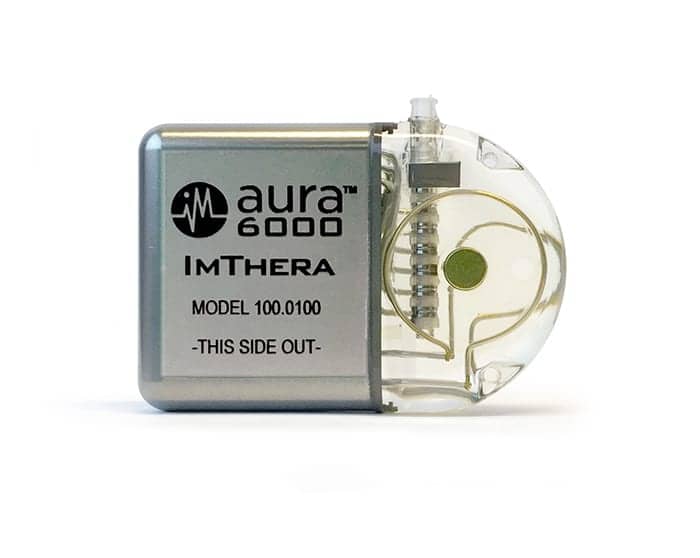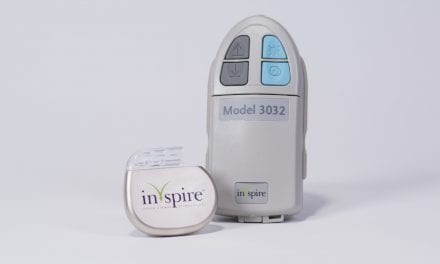LivaNova PLC announced that its OSPREY clinical study assessing the aura6000 hypoglossal nerve stimulation system in patients with obstructive sleep apnea achieved a positive predictive outcome and will conclude enrollment earlier than anticipated.
This means there is a greater than 97.5% probability that the OSPREY trial will successfully meet its primary endpoint. OSPREY is a prospective, multi-center, randomized controlled open-label trial demonstrating the safety and effectiveness of the aura6000 hypoglossal nerve stimulator system versus a no-stimulation control in subjects with moderate to severe obstructive sleep apnea who have failed or are unwilling to use positive airway pressure treatment.
LivaNova has notified the US Food and Drug Administration (FDA) and its partner trial sites.
“A planned interim analysis, per the approved protocol, was conducted for the first 90 patients enrolled in OSPREY. We are now able to estimate a high chance of success for achieving the primary endpoint in this unique randomized controlled trial without further patient enrollment,” says Atul Malhotra, MD, professor of medicine at University of California, San Diego and principal investigator for OSPREY, in a release. “While this milestone shows we are on a positive trajectory, long-term follow-up visits will continue for each patient through the primary endpoint and beyond.”
The OSPREY study’s primary efficacy endpoint is the demonstration that the apnea-hypopnea index (AHI) responder rate of subjects with device stimulation activated is statistically significantly higher than the rate of subjects without stimulation after seven months of follow-up. For OSPREY, response is defined as at least a 50% improvement from the baseline AHI, leading to an AHI value below 20. After the full cohort completes the seven-month follow-up visit and the results are compiled, LivaNova will submit OSPREY’s final clinical module to the FDA.
“We are pleased to have achieved this positive milestone for the OSPREY study,” says Vladimir Makatsaria, chief executive officer of LivaNova, in a release. “In accordance with the study protocol, once the last patient implanted completes their final follow-up visit, we will conduct the final analysis for the study. Until then, we will continue to actively work with the clinical sites to manage the study patients.”
The OSPREY study also assesses the safety of the aura6000 System and measures patient quality of life through indicators such as daytime sleepiness.





